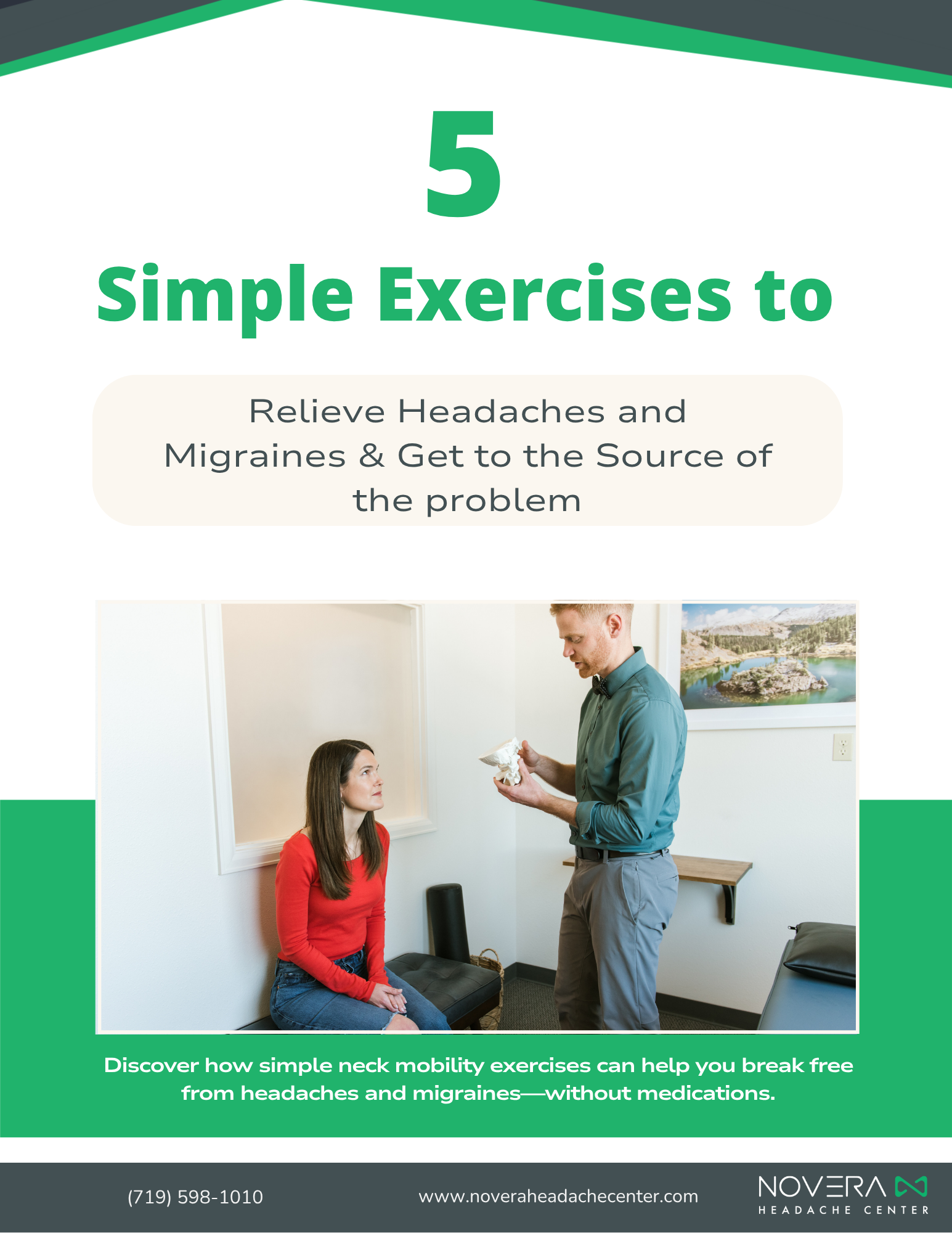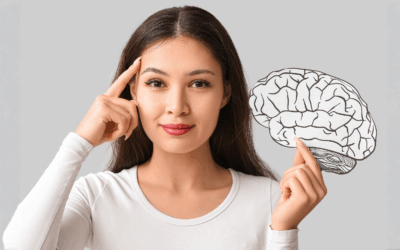
Want to Understand The Root Cause of Headaches and Participate in a Community Sharing Valuable Headache Information?
Read This Blog and Click The Link To The Headache Conversation Group Below.
Nearly 90% of the population has reported to having a headache within their lifetime. Tension-type headaches are the most prevalent form of a headache with lifetime prevalence of 52%. Naturally, with such a high prevalence of tension-type headache pain, there are various approaches to treatment. Presently, treatments include pharmaceutical headache and pain relievers, therapeutic massage, chiropractic care, physical therapy and an array of self-treatment devices
When assessing which treatment approach is most effective we should first understand the underlying mechanism and from this we can know where long-term relief can be found. Whether due to poor posture, whiplash injury or trauma, tension is developed in the upper vertebral segments (C1-3) of the cervical spine and translated to the nerves, muscles and other sensitive tissues of the head and neck causing a headache. Most of these headache’s start with a minor irritation as the base of the skull with the pain eventually traveling up the head and possibly resting behind the eye. In order to stop this chain of events the loss of rotation in the first and second cervical vertebrae must be addressed.
When we rotate our neck, the C1-2 vertebral segments make up 50% of our total rotation movement (40-45 degrees). Following the prolonged poor posturing, or whiplash injury from a motor vehicle accident or a traumatic event, the C1-2 joint gradually stiffens up. This is the start of developed tension that will eventually lead to a tension headache. Therefore we can deduct that an intervention geared to treat a tension-type headache will only find complete long-term resolution if it is able to restore the motion in the upper neck, namely C1-2 rotation. With that in mind, lets look at the available treatments.
Pharmaceutical pain relievers have met the public with varying degrees of success in curing headaches. However, the pharmaceutical products are deficient for a number of reasons. There is no evidence to suggest any medication can improve mobility in a joint. They do not relieve the same type of headaches in different people. People often build up an immunity to these pharmaceutical products rendering them ineffective. Other people are allergic to these pharmaceutical products or cannot or do not want to ingest the chemicals in these pharmaceutical products. Also, the pharmaceutical products are aimed at treating symptoms of generalized pain only, and cannot cure specific areas of pain.
So is there a better option?
If you have found relief with your headache pain and wish to share it with others, visit The Headache Conversation Group on Facebook and participate in the facebook community to share your story.




